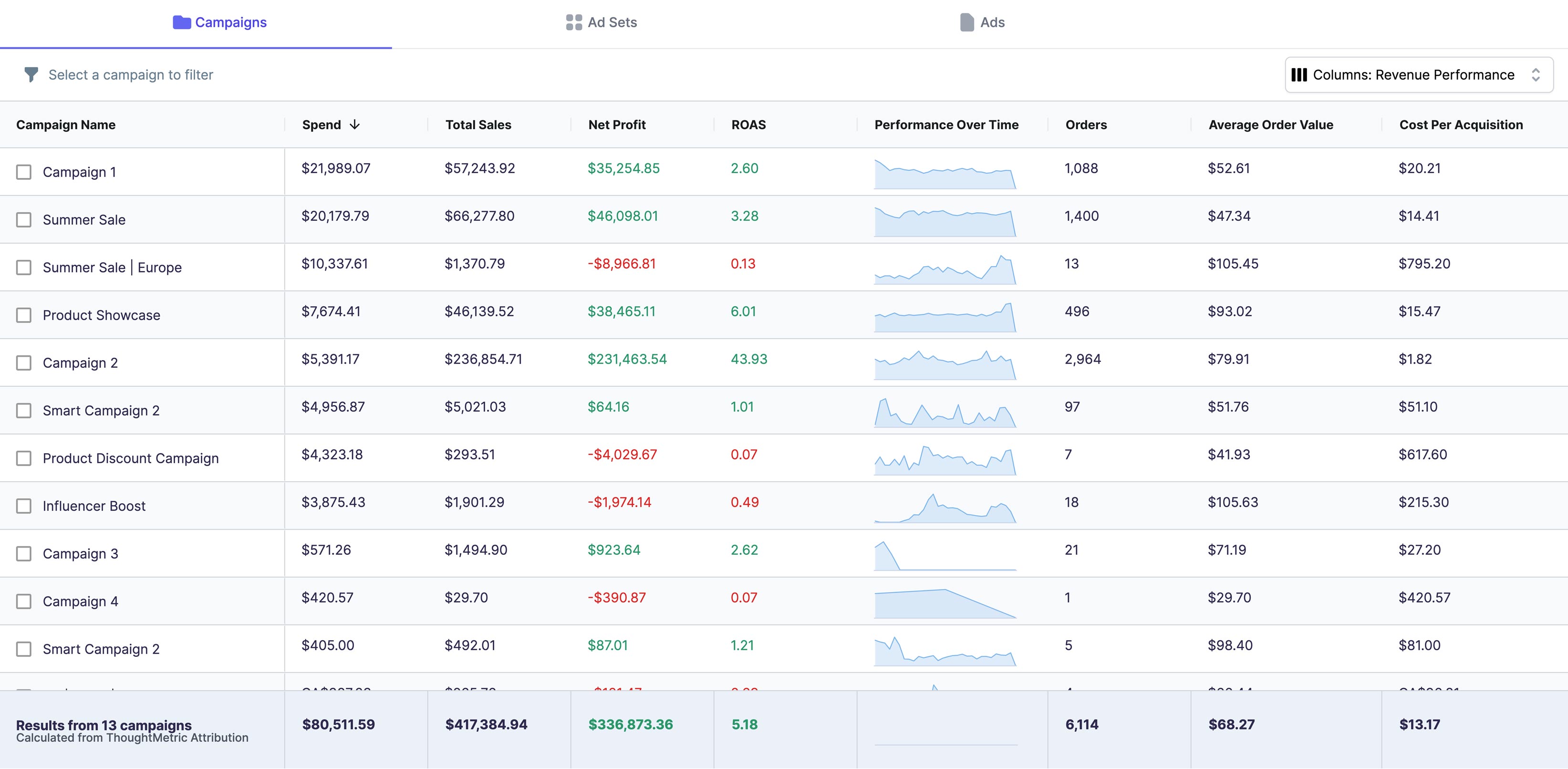Understanding Conversion Rate in WooCommerce
Conversion rate represents the percentage of visitors to your website who complete a desired action, such as making a purchase or signing up for a newsletter. In the context of WooCommerce, the desired action is typically making a purchase.
It's important to note that conversion rate is different from traffic. You can have a high amount of traffic to your website, but if your conversion rate is low, it means that visitors are not taking the desired action on your website.
Why is Conversion Rate Important?
Conversion rate is a critical metric to track because it shows how effective your website is at turning visitors into customers. It also gives you insight into how changes to your website impact your sales.
For example, if you make changes to your website's design or layout, you can track the impact on your conversion rate. If your conversion rate increases after the changes, it means that the changes were effective in encouraging visitors to make a purchase. On the other hand, if your conversion rate decreases, it means that the changes may have been ineffective or even detrimental to your sales.
Tracking your conversion rate can also help you identify areas for improvement on your website. For instance, if you notice that visitors are abandoning their shopping carts before completing a purchase, you can investigate why this is happening and make changes to address the issue.
In addition, conversion rate can help you make informed decisions about your marketing efforts. If you're running a marketing campaign and notice that the conversion rate is low for visitors who came from a specific source, such as social media, you may want to adjust your strategy for that particular source to improve your conversion rate.
Overall, understanding and tracking your conversion rate is essential for optimizing your website and increasing your sales in WooCommerce.
Setting Up Google Analytics for WooCommerce
Before you can start calculating your conversion rate, you need to set up a Google Analytics account. This is a free service provided by Google that allows you to track and analyze your website's traffic. If you don't already have a Google Analytics account, don't worry! Setting one up is easy. Simply head to the Google Analytics website and follow the prompts to create an account. Once you've done this, you're ready to move on to the next step.
Integrating Google Analytics with WooCommerce
Now that you have a Google Analytics account, the next step is to integrate it with your WooCommerce store. This will allow you to track sales and other important metrics, which will help you optimize your store and improve your conversion rate. Fortunately, this is a relatively simple process, and can be done with the help of a plugin like MonsterInsights.
MonsterInsights is a popular plugin that makes it easy to connect your website to Google Analytics. Once you've installed the plugin, simply follow the setup wizard to connect your website and Google Analytics account. This will allow you to start tracking your website's traffic and sales, which is essential for optimizing your store and improving your conversion rate.
Configuring Ecommerce Tracking in Google Analytics
Once you've integrated Google Analytics with WooCommerce, the next step is to configure ecommerce tracking. This is important because it allows you to track sales and other important metrics, which will help you optimize your store and improve your conversion rate.
To configure ecommerce tracking in Google Analytics, follow these steps:
- Select "Admin" in the bottom left corner of your dashboard. This will take you to the Admin panel.
- Select "Ecommerce Settings" in the column on the right side of the page. This will take you to the Ecommerce Settings page.
- Toggle the switch to "On" for "Enable Ecommerce". This will enable ecommerce tracking for your website.
- Toggle the switch to "On" for "Enable Enhanced Ecommerce Reporting". This will enable enhanced ecommerce tracking, which provides more detailed information about your sales and customers.
- Click "Save". This will save your changes and enable ecommerce tracking for your website.
Once you've completed these steps, you'll be able to track your website's sales and other important metrics using Google Analytics. This information will help you optimize your store and improve your conversion rate, which is essential for growing your business and increasing your revenue.
Calculating Conversion Rate in WooCommerce
Before you can calculate conversion rate, you first need to identify the key metrics you'll use in your calculation. In this case, the metric you'll want to use is the percentage of visitors who make a purchase.
Conversion rate is a critical metric for any WooCommerce store owner. It tells you how well your website is performing in terms of turning visitors into customers. Without knowing your conversion rate, it's impossible to know whether your marketing efforts are paying off or whether you need to make changes to your website to improve its performance.
Analyzing Conversion Rate Data
You can use the data provided in Google Analytics to calculate conversion rate. Specifically, you'll want to look at the number of people who visited your site and the number of people who made a purchase. You can find this data in the "Ecommerce" section of Google Analytics. Once you've gathered this data, you can use the following formula to calculate conversion rate:
Conversion Rate = Number of Purchases / Number of Visitors * 100
For example, if you had 1,000 visitors to your site last month and 20 of them made a purchase, your conversion rate would be 2%.
Interpreting Conversion Rate Results
Your conversion rate tells you how effective your website is at converting visitors into customers. A higher conversion rate is generally considered better since it means more people are completing the desired action. An average conversion rate for a WooCommerce store is typically around 2-3%, but this can vary based on factors like your industry and the products you sell.
It's important to remember that conversion rate is just one metric, and it's not the only metric you should be tracking. Other metrics, like bounce rate and average order value, can also provide valuable insights into how your website is performing and where you can make improvements.
In addition to tracking metrics, it's also important to regularly test and optimize your website to improve its performance. This can involve making changes to your website's design, layout, copy, and more. By continually testing and optimizing, you can improve your conversion rate over time and drive more sales for your business.
Tips for Improving Conversion Rate in WooCommerce
To improve your conversion rate, focus on optimizing your product pages. This could include adding high-quality images or videos, providing detailed product descriptions, and showcasing customer reviews.
Streamlining the Checkout Process
Another way to boost your conversion rate is to streamline your checkout process. This could include allowing customers to check out as guests, offering multiple payment options, or simplifying the number of steps required to complete a purchase.
Offering Multiple Payment Options
Customers are more likely to complete purchases if they have a payment option they're comfortable with. Consider offering different payment options, such as credit cards, PayPal, or Apple Pay, to cater to a wider range of customers.
Implementing Exit-Intent Popups
Exit-intent popups can be a powerful tool for reducing cart abandonment and increasing conversion rates. If a customer tries to leave your site without completing a purchase, an exit-intent popup can offer a discount or other incentive to encourage them to stay and complete the purchase.
By understanding conversion rate and how to track it, you can take steps to continuously improve your online store's performance. Follow the tips provided in this article to boost your WooCommerce store's conversion rate and drive more sales.





